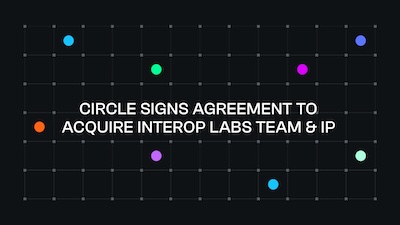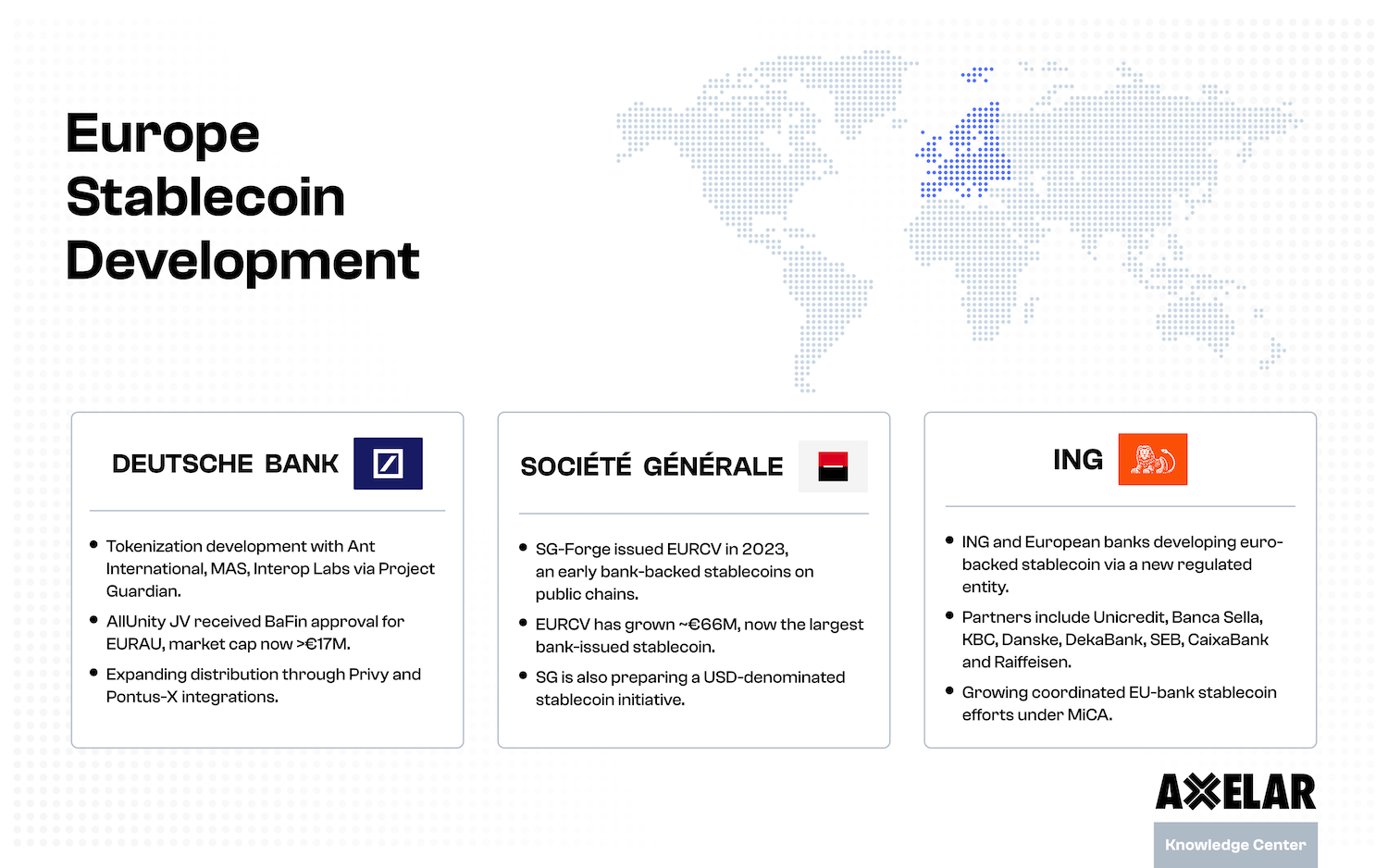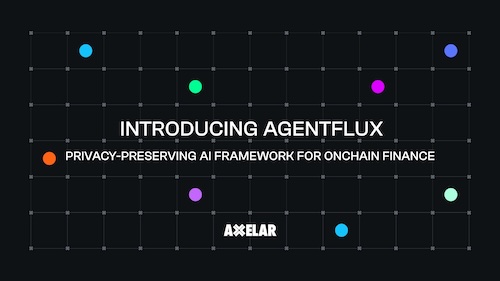Exploring Cross-Chain Solutions: How to Bridge Into the Cosmos Ecosystem
Table of Contents


In a short span of time, the crypto ecosystem has indeed come a long way. With over a thousand blockchains and a multitude of assets available, blockchain interoperability has become critical. But most blockchains effectively work in silos. To facilitate interoperability between chains, many interoperability solutions are utilized, including cross-chain bridges. There are multiple cross-chain bridges available in the market with many L1s also launching native bridges, enabling users to utilize bridges such as the Arbitrum bridge, Base bridge, Polygon bridge, AVAX Bridge and Cosmos Bridge to be a part of a cross-chain ecosystem.
Cross-chain bridges connect different blockchains together and enable users to send cryptocurrency from one chain to the other to participate in different ecosystems. The user sends the token from the source chain to the bridge, which then issues ‘wrapped’ tokens on the destination chain. An example of this would be Bitcoin (BTC) and wrapped Bitcoin (WBTC). Users can utilize these cross-chain bridges to expand the potential of their assets, participate in DeFi, add liquidity and do much more.
One of the most prominent ecosystems that has been synonymous with interoperability is Cosmos. It is an ever-expanding ecosystem of interoperable and sovereign blockchain applications and services built using open-source Cosmos libraries. Cosmos aims to enable everyone to build with interoperability and autonomy over silos. Developers can build an independent yet interconnected blockchain using Cosmos’ IBC (Inter-Blockchain Communication) protocol.
Axelar, which is built on the Cosmos SDK, concurs with the vision of creating an interconnected cross-chain ecosystem to drive adoption and utility. Axelar takes a step beyond and enables blockchain interoperability between Cosmos and other ecosystems, like the ecosystem of blockchains that are compatible with the Ethereum Virtual Machine (EVM). Axelar’s General Message Passing capability opens up endless possibilities for seamless interoperability across these ecosystems, supporting decentralized exchanges, NFTs, games, Decentralized Finance (DeFi), liquid staking and many other applications.
Here's a detailed overview of the importance of Cosmos bridges and the safe and effective ways to achieve connections to the Cosmos ecosystem. It's worth noting that Axelar connects to more Cosmos chains than any other solution, providing an unparalleled experience.
Interoperability and Cosmos
Cosmos is a decentralized network of independent parallel blockchains, each powered by Byzantine Fault Tolerance (BFT) consensus algorithms. Cosmos aims to make it easy for developers to build blockchains specific to their dApps, and transact across them. This vision is achieved through a set of open-source tools like Tendermint, the Cosmos SDK and IBC, enabling developers to build custom, secure, scalable and interoperable blockchain applications quickly.
At the time of writing, the Cosmos ecosystem consists of 240+ apps, wallets, explorers and services built on the Cosmos SDK.
Here are some notable applications and services in the Cosmosverse:
- Binance Chain: The Binance Chain, built by the world’s largest exchange Binance, uses the Cosmos SDK and the Tendermint BFT consensus engine to fast build dApps.
- Osmosis: Osmosis is an automated market maker (AMM) built on Cosmos that enables cross-chain transactions through Inter-Blockchain Communication (IBC).
- Evmos: Evmos is a PoS blockchain built on Cosmos. It is highly scalable and is fully compatible and interoperable with Ethereum.
To make cross-chain transactions easier, Cosmos set up a native crypto bridge — Gravity. The bridge was launched with the aim of enabling transactions of ERC-20 tokens between the Ethereum and Cosmos ecosystems. With the Gravity Cosmos Bridge, users can send ERC-20 tokens such as Tether, USD Coin and DAI to the Gravity Bridge; these bridged tokens can then be used across the Cosmos ecosystem. Users can also transfer their assets from Cosmos Hub, Persistence, Crescent, Osmosis and other applications to the Ethereum blockchains.
The Gravity bridge helps Ethereum users make the most of their assets in the Cosmos ecosystem. However, it does not connect directly to the broader EVM ecosystem that is connected to Ethereum. This is one place where Axelar is changing the way applications and users can go cross-chain and bridge to the Cosmos.
With Axelar, connections are universal and users can seamlessly swap their tokens across supported chains. Therefore, users can send their tokens between any two supported chains without needing to revert to the source chain to send them to another chain. For Cosmos, this means the ability to bridge between any of 15 connected EVM chains into any connected Cosmos chain, directly.
Axelar has seen significant cross-chain transfers to and from the Cosmos ecosystem. Cross-chain metrics show that Ethereum to Osmosis (and vice versa) and Axelar to Osmosis are top chain pairs by volume in the last 30 days at the time of writing, while the most transferred asset to Osmosis is USDC (source: Axelarscan).
Axelar stands out by connecting the Cosmos ecosystem to more chains, more securely, than any other bridge. For many partner projects, Axelar has effectively become the "gateway to the Cosmos." Discover how Axelar achieves this through our unique approach of employing General Message Passing.
A vast ecosystem and the ease at which it achieves interoperability make Axelar the ideal Cosmos bridge for users and developers alike.
Axelar: the ideal cross-chain Cosmos bridge
The key challenge in offering seamless interoperability between Cosmos and EVM-based blockchains is to connect different consensus mechanisms. While Cosmos uses the Inter-Blockchain Communication Protocol (IBC), EVM blockchains use the Ethereum Virtual Machine runtime environment.
Here are some of the key differences between IBC and EVM:
IBC
EVM
Purpose
Inter-Blockchain Communication Protocol (IBC), a key component of the Cosmos network, facilitates interoperability and scalability across blockchains.
Ethereum Virtual Machine (EVM) is a runtime environment for executing smart contracts to enable decentralized applications (DApps) on Ethereum and EVM-compatible chains.
Interoperability
IBC is designed to facilitate the transfer of data across different chains. It aims to create an ecosystem of interconnected blockchains.
EVM wasn't initially built with the same level of interoperability in mind. However, with the rise of L2s, interoperability has become increasingly important.
Smart Contracts
IBC itself doesn't deal with smart contracts. However, the Cosmos ecosystem does have the Cosmos SDK, which enables developers to build blockchain applications, typically in the Go programming language.
EVM is explicitly designed to run smart contracts. EVM is Turing-complete and can run any program coded in any programming language, allowing developers to easily create custom smart contracts.
Environment
IBC is blockchain-agnostic. It is designed to work with various blockchains, provided they implement the IBC protocol.
EVM is tied to the Ethereum blockchain. It operates within the Ethereum environment and is part of its infrastructure.
Use Cases
IBC's primary use case is to facilitate communication between different blockchains. It can enable asset transfers, data sharing and other forms of interaction between chains.
EVM's primary use case is in executing smart contracts. It's the underlying technology that powers DApps, DeFi platforms, NFT marketplaces and more on Ethereum and EVM-compatible chains.
Any Cosmos bridge must opens up possibilities for Ethereum users to enter the Cosmos ecosystem and vice versa, connecting the two ecosystems. Axelar is the premier interoperability solution for bridging assets and connecting applications between Cosmos and EVM. Multiple applications on services on Cosmos, such as Sommelier and Osmosis, are using Axelar’s capabilities to achieve cross-chain interoperability with dApps on EVM chains, bringing the best of Cosmos-based capabilities into the EVM world.
Built on the Cosmos SDK itself, Axelar is the ideal Cosmos bridge. This is possible with Axelar’s Satellite, which is a decentralized cross-chain application powered by Axelar that enables users to easily bridge tokens across chains. With Satellite, you can do everything a Cosmos Bridge does and more! Satellite currently supports more than 40 chains, including Cosmos chains, Arbitrum, Avalanche, Base, BNB, Ethereum, Fantom, Moonbeam and Polygon. Here’s a list of all chains supported by Satellite. Axelar provides the translation layer that enables a free flow of assets to and fro Axelar-connected networks.

The strength of Axelar's connections to the Cosmos is demonstrated by the ecosystem's reliance on Axelar-bridged assets like axlUSDC. Adopted in 2022 as the canonical representation of USDC on Osmosis, the largest DEX on Cosmos, axlUSDC has become the default stablecoin used in the Cosmos ecosystem when bridging USDC, according to MapOfZones. If you want to move USDC into Cosmos, you can check out this Osmosis tutorial on bridging with Axelar.
But as mentioned above, cross-chain bridges have a variety of limitations and are a nascent technology for interoperability. While Axelar offers impressive bridging capabilities to users and developers for Cosmos, the recent integration of Cosmos into the Axelar ecosystem takes it to the next level.
Beyond bridging with Axelar
Unlike cross-chain bridges, Axelar GMP does more than just wrap assets and send them across chains. Axelar has long been the best way to connect EVM and Cosmos chains via bridged assets. With GMP, that connection goes beyond bridging, supporting a new generation of cross-chain applications that combine the best of Cosmos and EVM.
Axelar’s General Message Passing enables developers to build on any Axelar-supported chain and call a function on any other connected chain to utilize the best features of multiple chains. Here “function” includes both smart contracts at the application layer and functions built at the protocol layer. GMP is extremely secure and relies on a permissionless validator set (delegated proof-of-stake). Applications using GMP can securely function across chains without a hitch.
Here’s how Axelar GMP enables developers to seamlessly implement cross-chain transfers:
- dApp developer implements the Axelar executable interface in the destination contract;
- A call function (or a call function + tokens) from the source chain is initiated;
- The call enters the Axelar Gateway from the source chain;
- Axelar network confirms the call, subtracts the usage fee (in native source chain tokens) and prepares an outgoing transaction on the destination chain;
- The call is approved and emerges from the Axelar Gateway on the destination chain;
- The call function executes as if it had been made on the source chain and results accordingly.
Most importantly, with Axelar GMP, connections are universal and users can execute cross-chain swaps between any supported chains. Axelar GMP removes the need to bridge your assets back to the source chain to initiate another transfer. Move your assets from Ethereum to Cosmos and then to Polygon without needing to return to Ethereum. With Axelar, you can truly go cross-chain and participate in activities using chain-specific assets with ease.
One of the leading examples of this is Squid, a cross-chain swap and liquidity routing protocol built on Axelar. Squid exemplifies what's possible with Axelar GMP, as it allows any token to be swapped between blockchains in just a single click. Therefore, users can participate in multi-chain DeFi, play a game on any chain and buy NFTs from any marketplace without having to download multiple wallets.
Squid enables applications to implement fast, secure and seamless cross-chain transfers, benefiting both users and builders. This flawless interoperability is possible due to Axelar's General Message Passing capabilities, which enable smart contract calls across chains. With Axelar GMP, Squid enables one-click transactions between any application and any user using any asset.
The idea behind Squid is simple! It has a smart contract on each chain supported by Axelar. When a contract is called, it uses routing assets and supported DEXs to swap any token pair cross-chain. Axelar GMP handles the logic at each step, so the user has a one-click, interchain experience.
Squid currently supports 25+ chains, with support for more chains on the way. Developers can plug in the Squid SDK to make their applications cross-chain and do much more than just cross-chain swaps. Here is detailed information about Squid’s cross-chain capabilities.
Cosmos and Axelar
While developers can seamlessly go cross-chain with Axelar’s unique capabilities, users can enjoy a variety of use cases to put their assets to use. Axelar GMP enables dApps connected to their network to seamlessly create decentralized trading pairs and liquidity pools and enables users to participate in various activities with their assets across chains.
Since Axelar added support for the connection between Cosmos and EVM chains via GMP, multiple projects have already started utilizing Axelar’s GMP capabilities to offer seamless cross-chain connections to all supported chains. Applications such as Osmosis, Neutron, Sommelier and Persistence are some of the many names utilizing GMP.
In addition to more sophisticated connections via GMP, there are a variety of liquidity pools available for assets bridged into the Cosmos ecosystem via Axelar:
Cosmos is one of many blockchain networks that Axelar connects through GMP and enables users to participate in an extensive and ever-expanding ecosystem. Since its launch, Axelar GMP has powered hundreds of applications to achieve seamless cross-chain transfers across supported chains. With secure cross-chain communication with GMP, the possibilities are endless and use cases are abundant.
Interested in using GMP and building with Axelar? Check out our docs on General Message Passing to know more, and reach out to us on Axelar Discord for any questions.


